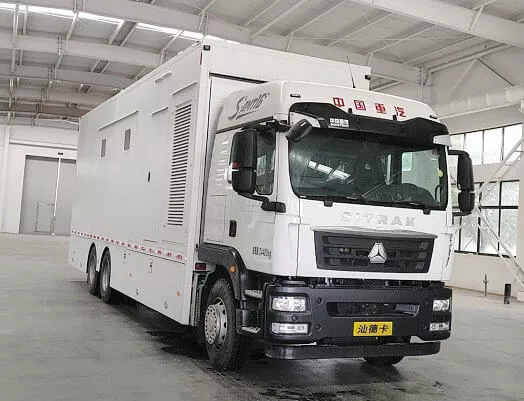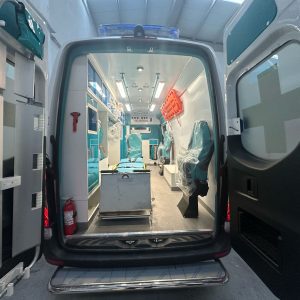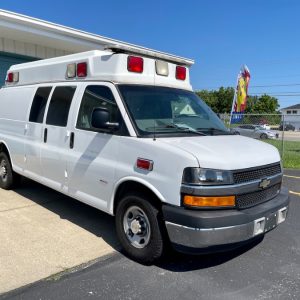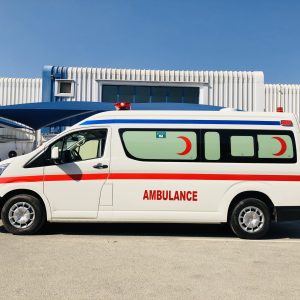Introduction
A Mobile Surgery Unit (MSU) is a fully functional, transportable operating room designed to provide surgical care in remote, disaster-stricken, or military zones. The technical design of an MSU involves critical decisions regarding electrical systems, vehicle platforms, and modular components to ensure functionality, safety, and mobility.
This article explores the technical aspects of mobile surgery units, focusing on electrical systems, vehicle selection, and structural requirements for optimal performance.
1. Electrical System of a Mobile Surgery Unit
A reliable electrical system is crucial for powering medical equipment, lighting, HVAC, and sterilization devices.
Key Components of the Electrical System
- Power Sources:
- Main Generator (Diesel/Electric): Typically 20-50 kVA capacity to support surgical equipment.
- Battery Backup: Uninterruptible Power Supply (UPS) for critical devices during generator failure.
- Solar Panels (Optional): For auxiliary power in off-grid locations.
- Voltage & Distribution:
- 220V/110V AC for medical devices.
- 24V/12V DC for lighting and control systems.
- Isolated Power Circuits to prevent interference with sensitive equipment.
- Medical-Grade Wiring:
- Shielded cables to reduce electromagnetic interference.
- Ground-fault circuit interrupters (GFCIs) for safety.
2. Vehicle Platform Selection for Mobile Surgery Units
The choice of vehicle depends on mobility needs, payload capacity, and terrain adaptability.
A. Truck/Trailer-Based MSU (Most Common)
- Advantages:
- High payload capacity (up to 10+ tons).
- Easy to transport via highways.
- Can be detached and used as a stationary unit.
- Recommended Vehicles:
- Mercedes-Benz Atego / Unimog (All-terrain capability).
- Volvo FMX (Heavy-duty chassis).
- MAN TGM (Military-grade durability).
B. Bus-Based MSU (For Urban & Semi-Urban Use)
- Advantages:
- Faster deployment in cities.
- Lower ground clearance for easier access.
- Recommended Vehicles:
- Mercedes-Benz Sprinter (4×4 variant for rough terrain).
- Ford F-550 Super Duty with a modular box.
C. Containerized MSU (Air-Transportable & Ship-Mounted)
- Advantages:
- Can be transported via cargo planes (C-130 Hercules) or ships.
- Stackable and modular.
- Recommended Platforms:
- 20ft/40ft ISO Containers (Modified with expandable sides).
3. Structural & Mechanical Considerations
A. Insulation & Climate Control
- Medical-grade HVAC (Heating, Ventilation, Air Conditioning) to maintain 18-24°C.
- Positive air pressure to prevent contamination.
B. Anti-Vibration & Stabilization
- Hydraulic leveling jacks for stability during surgery.
- Shock-absorbing mounts for sensitive equipment.
C. Sterilization & Waste Management
- Autoclave & UV sterilization integration.
- Biohazard waste disposal system.
4. Future Innovations in Mobile Surgery Units
- Hybrid Power Systems (Solar + Battery + Generator).
- AI-Assisted Surgery & 5G Connectivity for remote operations.
- Drone-Deployable Mini MSUs for extreme terrains.
Conclusion
A Mobile Surgery Unit requires a robust electrical system, a suitable vehicle platform (truck, bus, or container), and advanced structural engineering to function effectively. The choice between a Mercedes-Benz Unimog, a MAN military truck, or an ISO container depends on deployment needs.
By optimizing these technical aspects, MSUs can provide life-saving surgical care anywhere in the world, from war zones to disaster areas.













